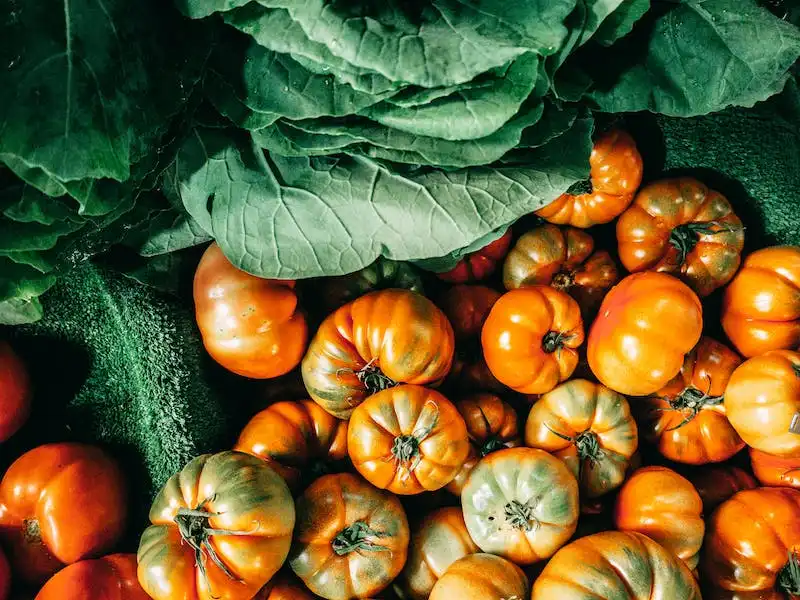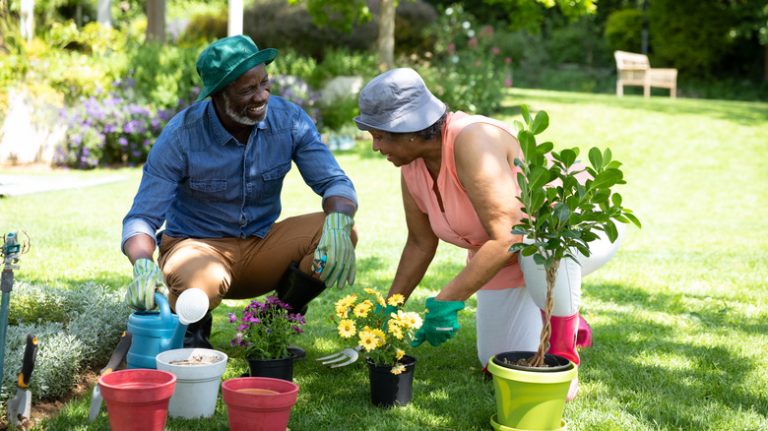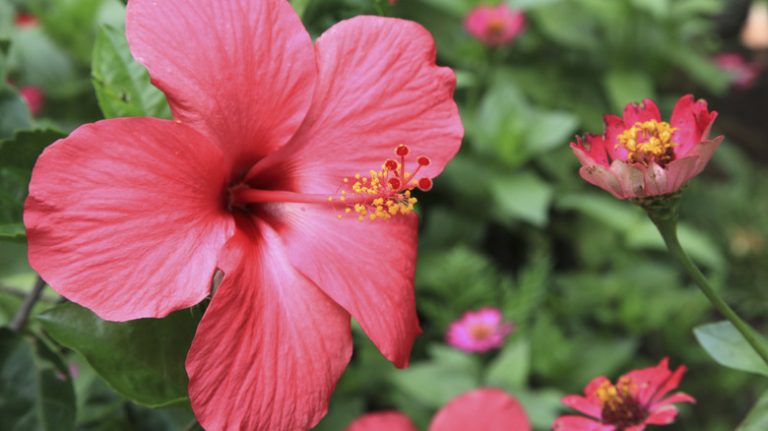Shasta daisies are a classic garden flower that is widely grown and loved by gardeners today. These beautiful flowers are easy to grow from seeds or by dividing existing plants. Shastas are known for their hardiness and adaptability to a wide range of climates, making them a great choice for gardeners of all skill levels.
Shasta daisies have several key attributes that make them a popular flower for gardeners. They are known for their large, bright white flowerheads with a vibrant yellow center. These flowers can reach a height of up to 3 feet, making them a great choice for adding height and visual interest to your garden. Shastas also have a long blooming period, often lasting several weeks, which provides a continuous burst of color throughout the summer.
When it comes to growing shasta daisies, there are a few basics that every gardener should know. These flowers do best in full sun or light shade and require well-draining soil. It’s important to water them thoroughly, but allow the soil to dry out slightly between waterings. Fertilizing shastas once a month during the growing season can help promote healthy growth and abundant blooms.
If you’re starting shasta daisies from seeds, you can sow them directly in the garden in early spring or start them indoors 6-8 weeks before your last frost date. Once the seedlings are about an inch tall, you can transplant them to their final growing location, spacing them each about 18 inches apart. If you’re dividing existing shasta daisies, it’s best to do so in early spring or fall, making sure each division has a healthy root system.
Shasta daisies are native to North America and were first bred by a renowned North American grower. Today, they are widely available in nurseries and garden centers. Whether you’re looking to add a splash of color to your garden or create beautiful bouquets, shasta daisies are a great choice. Their easy care and long blooming period make them a favorite among gardeners of all ages and experience levels.
In conclusion, growing shasta daisies is easy and rewarding. With their tall-growing habit, vibrant flowerheads, and ability to thrive in various climates, these classic garden flowers are a must-have for any garden. Whether you choose to grow them from seeds or by dividing existing plants, following the basic care and propagation tips mentioned above will help you successfully grow shasta daisies in your garden. So why wait? Start sprucing up your garden with these beautiful flowers today!
Growing Shasta Daisies Everything You Need To Know
Shasta daisies are one of the most popular garden flowers, known for their cheerful and bright blooms. These easy-to-grow plants are a great addition to any garden, whether you have a large space or just a few pots.
When it comes to growing Shasta daisies, the best approach is to provide them with full sun and well-draining soil. Mulching around the plants can help retain moisture and control weeds. These tall-growing plants also benefit from regular watering, especially during dry periods.
Dividing the plants every few years is also usually a good idea, as it helps maintain their vigor and prevents overcrowding. Shasta daisies usually bloom in the summer, but deadheading the flowers can encourage even more blooms throughout the season.
If you’re interested in starting Shasta daisies from seeds, it’s best to sow them indoors about 6-8 weeks before the last frost date. Once the seedlings are large enough, they can be transplanted into the garden or larger pots.
Shasta daisies are native to North America and are known for their hardiness. They can survive in a wide range of climates, but some types may require special care. Checking the specific requirements of the Shasta daisy variety you’re growing is always a good idea.
When it comes to pruning Shasta daisies, it’s best to cut the plants back in early spring to promote new growth. Removing the faded blooms can also help tidy up the plants and encourage continuous blooming.
If you’re interested in propagating Shasta daisies, they can be easily grown from division or stem cuttings. Digging up the clumps and separating the roots is a common method of propagation. Stem cuttings can be taken in the spring, rooted in a mix of perlite and peat moss, and then transplanted once they have developed roots.
When purchasing Shasta daisies, there are various types and heights available, from compact varieties for small garden spaces to taller types for cutting and arrangements. Some popular varieties include ‘Becky’, ‘Snow Lady’, and ‘Silent Sentry’.
In summary, growing Shasta daisies is easy and rewarding. With their cheerful blooms and low maintenance requirements, these classic garden flowers are a great addition to any garden. Whether you’re a seasoned gardener or a beginner, Shasta daisies are sure to brighten up your space.
There should be room in every sunny temperate garden for a few Shasta Daisies. They’re easy to grow and make great cut flowers too.
Shasta Daisies, also known by their scientific name Leucanthemum x superbum, are a classic garden flower that adds charm and elegance to any landscape. These tall and hardy plants are available in various types, including single, double, and even a yellow-flowered variety called ‘Banana Cream’.
Growing Shasta Daisies is a relatively simple process that anyone can enjoy. They thrive in temperate climates and can be grown year-round in most regions. Whether you’re a seasoned gardener or just starting out, these daisies are a great choice.
To propagate Shasta Daisies, you’ll need to know a few key tips. They can be grown from seeds, cuttings, or divided from existing plants. If starting from seeds, plant them in pots and keep them watered until they reach a height of around 2 inches. Then, transplant them to the desired location in your garden.
Shasta Daisies prefer full sun exposure, although they can tolerate some light shade. They prefer well-drained soil and should be watered regularly, especially during hot and dry periods. Mulching around the base of the plants can help retain moisture and suppress weeds.
Once your Shasta Daisies begin to bloom, they’re sure to impress with their beautiful white petals and bright yellow centers. The flowers last for several weeks, making them a perfect choice for cut flower arrangements. Simply snip the stems and place them in a vase with water, and they’ll brighten up any room.
When it comes to maintenance, Shasta Daisies are generally low-maintenance plants. They don’t require much attention but can benefit from occasional deadheading to promote continuous blooming. Dividing clumps every few years can also help rejuvenate the plants and ensure healthy growth.
In terms of hardiness, Shasta Daisies can withstand frost and are known to be long-lasting perennials. As long as they’re protected during severe winters, they’ll come back year after year to brighten up your garden.
If you’re interested in learning more about Shasta Daisies and horticulture, there are plenty of books available that provide in-depth information on the topic. They can offer additional tips and tricks for having successful Shasta Daisy plants.
In conclusion, Shasta Daisies are a classic and beautiful addition to any garden. With their simple care requirements and stunning flowers, they’re a must-have for any gardener. Whether you’re a beginner or an experienced horticulturist, these daisies are sure to bring joy and beauty to your garden year-round.
What Are Shasta Daisies
Shasta daisies, scientifically known as Leucanthemum x superbum, are perennial plants that usually thrive in temperate climates. These classic garden flowers are a favorite among gardeners and are widely grown for their beautiful white flowers.
Shastas, as they are commonly called, are a hybrid variety that was developed by Luther Burbank, a renowned American horticulturist, in the early 1900s. They are a cross between several types of daisies, including the native European oxeye daisy.
Shasta daisies are known for their large flowerheads, typically with white petals and a yellow center. They can grow up to three feet tall and require ample room to space them out in the garden. Plant them in well-drained soil, and make sure they receive at least six hours of direct sunlight daily.
These hardy plants are easy to grow and require minimal care. They are generally disease and pest resistant, making them a great choice for beginner and experienced gardeners alike. Shasta daisies can also be used in cut flower arrangements, as their long blooming period and sturdy stems make them a perfect addition to any floral display.
To grow Shasta daisies from seeds, they should be sown indoors about six to eight weeks before the last expected frost. Once the seedlings have grown and the danger of frost has passed, they can be transplanted outside. It’s important to keep the soil consistently moist during the germination period and provide sufficient water throughout the growing season.
Deadheading the flowers is essential to promote continuous blooming. Remove any fading or wilted flowers to encourage the plant to produce new buds. Fertilizing the plants once a month during the growing season will also help to optimize their growth and flower production.
Shasta daisies are known for their tolerance of a wide range of conditions. They can thrive in both full sun and partial shade, although they may produce fewer flowers in shadier areas. These perennials are generally hardy in USDA zones 5 to 9 and can withstand colder temperatures.
In summary, Shasta daisies are a special type of perennial flower that are loved by growers and gardeners alike. With their vibrant white petals and yellow center, they add a touch of beauty and elegance to any garden or floral arrangement. They are easy to grow, requiring minimal maintenance, and will reward you with their long-lasting blooms throughout the growing season.
So, if you’re looking to add some classic charm to your garden, consider planting Shasta daisies. They are sure to be a winner in any landscape!




